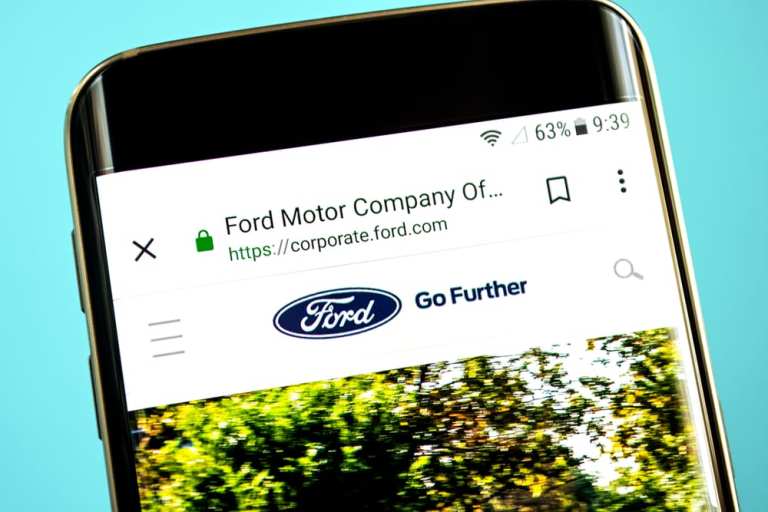
If you can’t join ‘em, beat ‘em. That seems to be the prevailing attitude behind 5G, as several car companies have taken the delay in building mass networks for the new wireless technology as a cue to create their own.
The latest team to announce their own private 5G network is Ford and Vodafone. Vodafone announced this week that it will implement 5G connectivity in Ford’s new E:PriME (Electrified Powertrain in Manufacturing Engineering) facility in Essex, U.K.
The project, which is slated for fall of 2020, aims to boost productivity, eliminate manufacturing delays and achieve greater bandwidth across the Ford campus. After completing the installation, Ford will mainly focus on using the connectivity to power its welding machines to build electric cars.
Chris White, Ford’s 5GEM electric manufacturing project lead, said in a statement: “Connecting today’s shop floor requires significant time and investment. Present technology can be the limiting factor in re-configuring and deploying next-generation manufacturing systems. 5G presents the opportunity to transform the speed of launch and flexibility of present manufacturing facilities, moving us toward tomorrow’s plants connected to remote expert support and artificial intelligence.”
White’s statement begs two questions: When will 5G be available for similar tasks and consumer usage – and why a private network?
The first question has no clear answer, as telcos struggle with the difficulties their consumers are having paying their bills due to the pandemic, amid 30 percent unemployment levels. Telcos are also faced with the unfounded conspiracy theories that have tarred 5G as a source of COVID-19.
The answer to “why a private network,” however, is an easy reach.
First, private networks, for those who can make use of the scale and cost, are not forever. They can connect to a public 5G network when and if it becomes available. Companies like Ford can build a private 5G network, either through internal means or by contracting with Vodafone, AT&T or another telco.
“For many of the world’s largest businesses, private 5G will likely become the preferred choice, especially for industrial environments such as manufacturing plants, logistics centers and ports,” according to a report from Deloitte. “We expect that more than 100 companies worldwide will have begun testing private 5G deployments by the end of 2020, collectively investing a few hundred million dollars in labor and equipment. In subsequent years, spend on private 5G installations, which may be single-site or spread across multiple locations, will climb sharply. By 2024, the value of cellular mobile equipment and services for use in private networks will likely add up to tens of billions of dollars annually.”
Car companies in the EU have been the early adopters so far. BMW and Mercedes have already announced their own private 5G technology. Nokia has been selected by Toyota Production Engineering Corporation (TPEC) to deploy a private 5G network at its manufacturing design center in Fukuoka, Japan.
“TPEC conducts R&D on cutting-edge facilities and technologies, and is responsible for production preparation, facility development and design, and quality data management,” said Akihiro Onishi, engineering fellow in the engineering innovation division for TPEC. “By adding Nokia 5G private networking to our capability, we will contribute to Toyota’s manufacturing through this new digital engineering technology.”
Pablo Tomasi, an analyst at automotive consultancy Omdia, noted that car manufacturers are prime targets for private 5G networks to improve their production. “Ford is in good company, with BMW and Mercedes Benz having also announced in the last year private 5G networks at selected factories,” Tomasi said in a report. “Private 5G technology can be a game-changer in the automotive production industry, as it delivers wireless connectivity that can match existing options in terms of reliability and latency while adding the benefits of flexibility and mobility.”